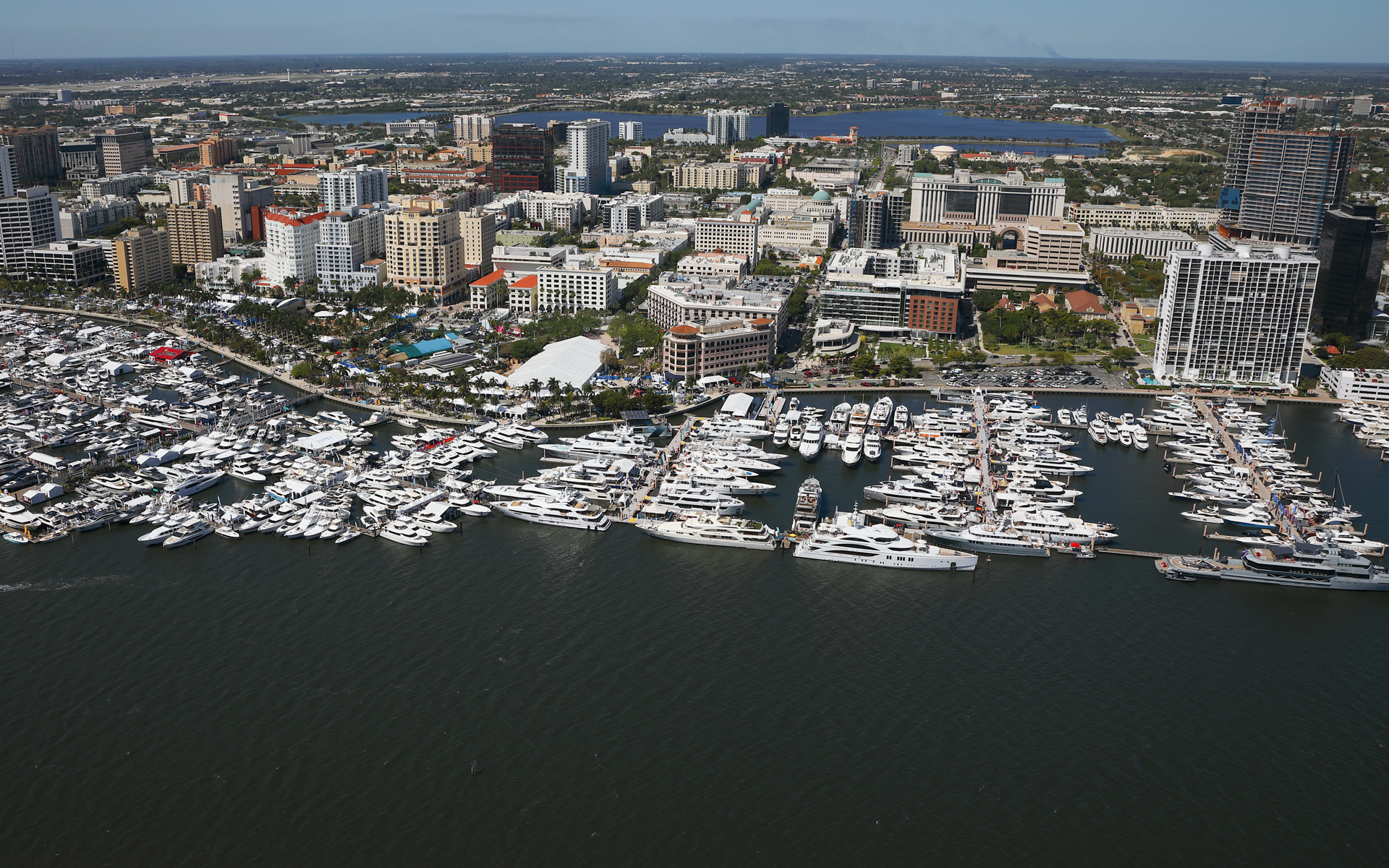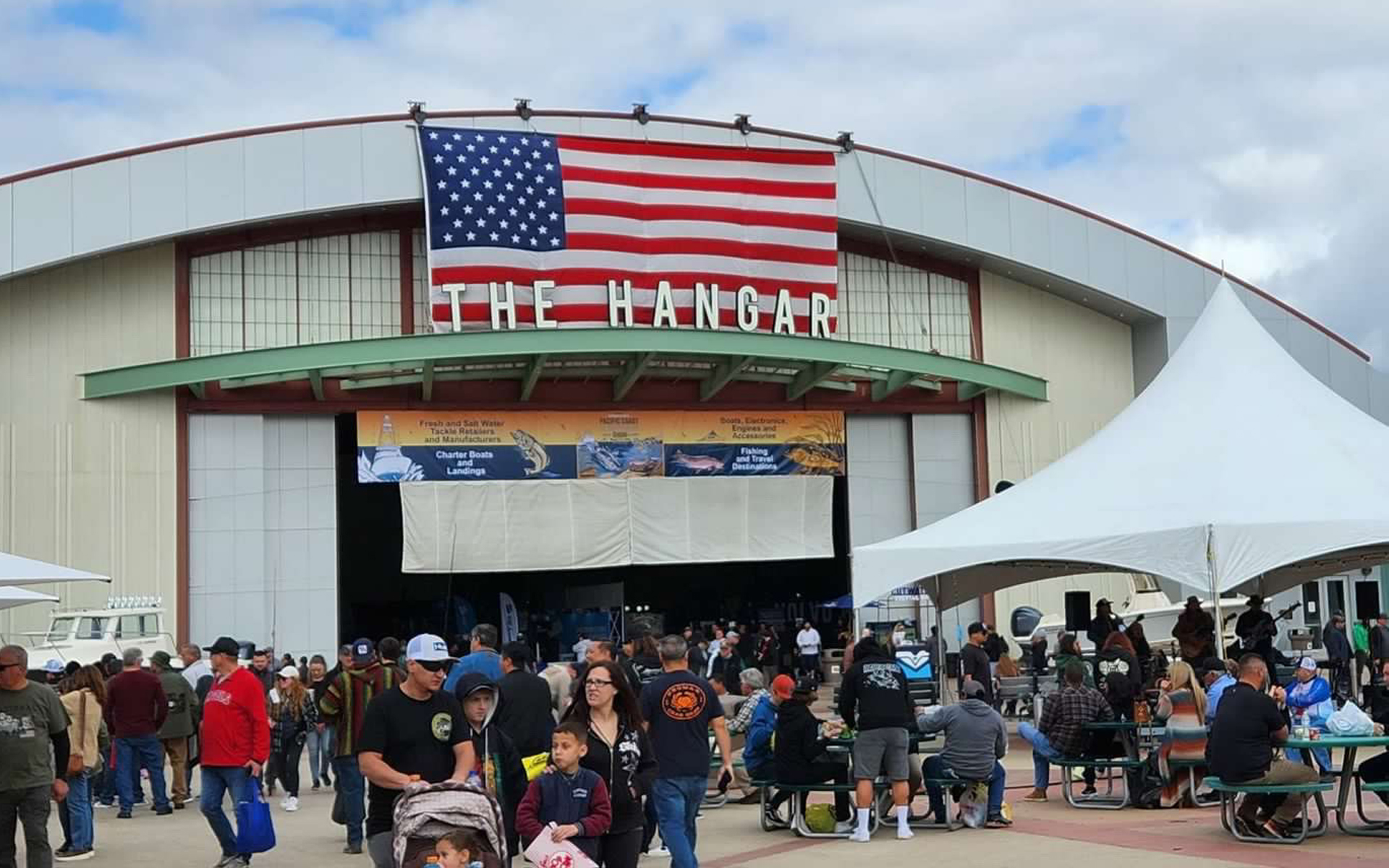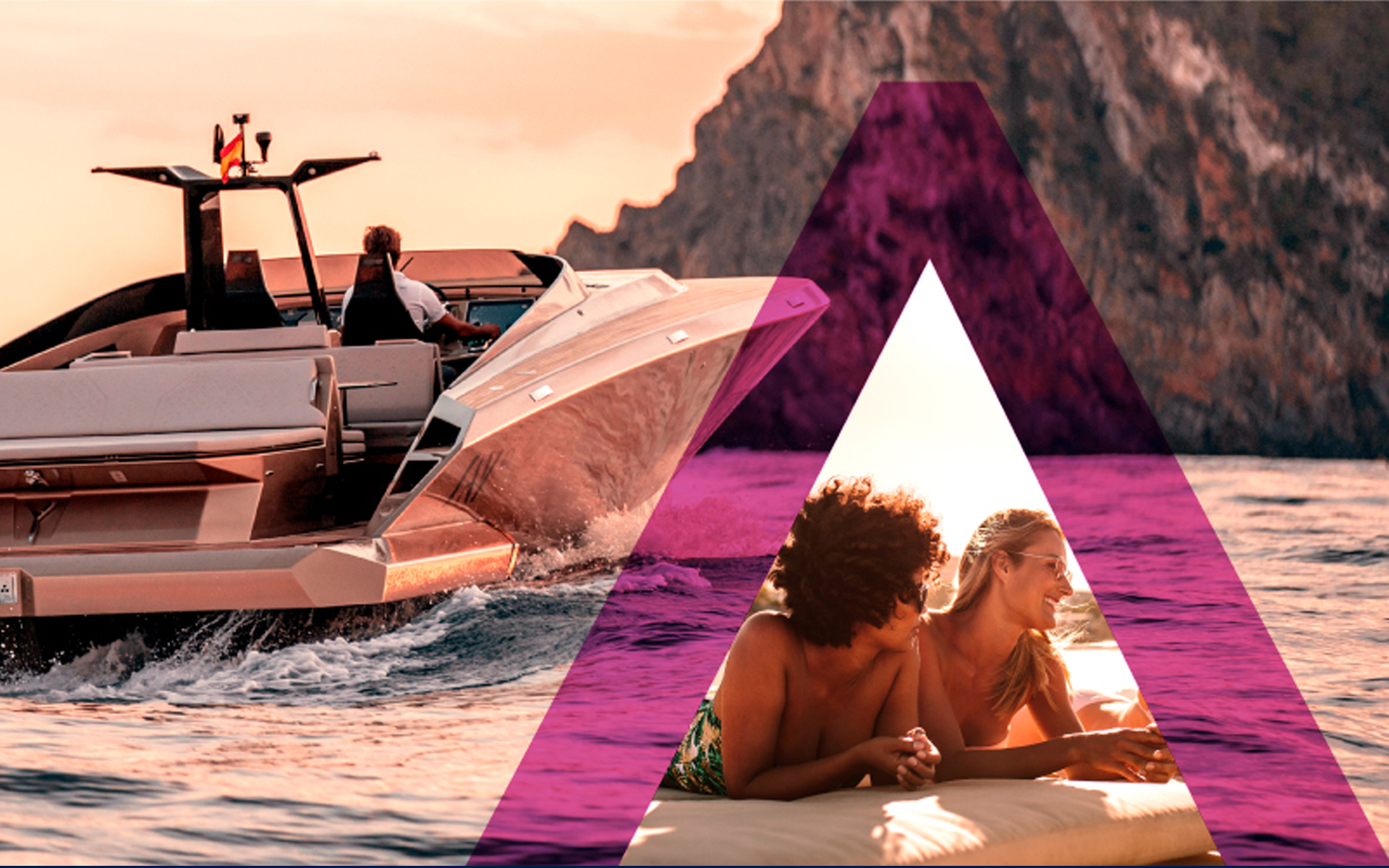I remember the first big, commercial tug I ever saw. Recently transplanted from the farmlands of Northern New York State to the docks of New Orleans, I was flat-out stunned by the arrival of the enormous, 130-foot Sara Hayes, all festooned with tractor tires, deckhands, and hawsers. My idea of a tug back then borrowed more from the realm of children’s literature than from the raw world of commercial shipping I was trying to break into. But the Hayes was no Theodore Tugboat. No Little Toot. She was as massive and authoritative as a tank.
Which is why I thought of her, I suppose, when I first caught up with the new Nordic Tugs 52 tied alongside a wharf at Cape Sante Boat Haven, in Anacortes, Washington. Over the years, most of the vessels in Nordic’s steadily evolving fleet have been called cute, and indeed, there’s no denying the 26 (discontinued some six years ago), 32, 37, and perhaps even the 42 are all attractive in a perky, diminutive sort of way. But the new 52? We’re talking giant.
For openers, the 52’s bow pulpit hovers a whopping 8’10” above the waterline. And the bow itself is nothing short of vast, primarily due to the boat’s ample 16’10” beam. As I toted my boat-test paraphernalia down the long wharf, I initially had some difficulty spotting the 52 because her bow-on aspect was so tall, broad-shouldered, and unlike anything Nordic’s ever done before. Luckily, a young guy who was rather tall and broad-shouldered himself yelled down from the towering wheelhouse, “So, whataya think, Bill?”
“Awesome,” I responded. Turned out the guy was Jeff Cress, son of Nordic’s president Jim Cress who was in Fort Lauderdale at the time putting the finishing touches on a new dealership opening there. Young Cress helped me get my stuff into the cockpit, then led the way through a roomy, teak-accented saloon, past a Corian-countertopped U-shape galley, and up a couple of steps to the wheelhouse. The engines, a set of optional 460-hp Cummins 480C-Es, were already murmuring—quite smokelessly, I might add. So with about as much fanfare as it takes to toss a kayak into a pond—despite the 52’s high bow, the wide, swoop-down side decks are low and deckhand-friendly—Cress and I cast off for a sea trial among the San Juan Islands.
It was a calm, spectacularly sunny day. Visibility was superb from the wheelhouse, and with both port and starboard doors open, ventilation was superb, too. Optional Raymarine electronics were powered up and running nicely, and the single Recaro Maritime helm seat was invitingly adjustable, although I preferred to stand while easing the 52 out of the marina, through a series of snaky fairways toward open water.
To steer and turn corners, I used a nifty Kobelt jog-lever control at the helm as well as alternating bursts of power from the mains a la smooth, deftly detented Twin Disc electronic engine controls. Efficient but cost-adding jog-lever systems, incidentally, are seldom seen on midrange yachts these days, but they’re common on large commercial craft. Our test boat had three jog-lever systems—one in the wheelhouse, another at the control station on the flying bridge, and yet another at the optional steering station in the cockpit. They were all actuated by an Accu-Steer hydraulic pump that was wholly separate from the Teleflex hydraulics that powered the wheel-steering system. Because the jog-lever maneuvered the test boat with such alacrity—it took the rudder just seven seconds to go from full port to full starboard and back—I abandoned the wheel early on.
The average top speed I recorded on evergreen-fringed Guemes Bay was a respectable 21.9 mph. Since each of our props was protected from grounding in an aperture between a large skeg and a big 2’x3′ stainless steel rudder, I enjoyed solid peace of mind while sporting about. However, the resistance to lateral movement inherent in all this extra structure below the waterline imparted a couple of handling characteristics that are worth mentioning.
The first was a pronounced outboard lean in turns. While many yachts with substantial keels exhibit this phenomenon, adding large skegs and rudders tends to intensify it, tipping superstructures further outboard as the amount of lateral area subject to inboard-pushing underwater pressure increases.
The second manifested itself dockside. After the sea trial, I experienced some unexpected difficulty returning the 52 to her berth alongside the wharf at Cape Sante. I began the maneuver with a bow-on approach, since there was a boisterous wind coming off the wharf. I then attempted to finish up with a twin-screw twist intended to swing the stern in. With most boats, which pivot at a point well forward while moving ahead, this sort of thing works great. But the 52 fooled me—the extra lateral resistance inherent in skegs and rudders made the boat pivot at a point well aft, not well forward. So instead of swinging the stern in with the twist, I swung the bow out, a development I couldn’t fix with the bow thruster, since it was temporarily inoperable due to what Cress apologetically termed “the prototype shuffle.” Our second shot at the berth was successful, however. We simply tried again, but using a spring line this time.
Once we’d gotten properly tied up, I was big-time impressed with a tour of the 52’s interior. A midrange tug cruiser with two giant staterooms on her lower decks, each with its own shower-stall-equipped head, makes a lot more sense to me than three smaller staterooms with smaller heads—the typical arrangement for this size range these days—especially since most so-called “third staterooms” turn into mere stowage bins anyway. I also liked the way that the berths in our test boat’s two staterooms were installed—each against a forward bulkhead, as far away from engine-room noise and vibration as possible.
The following two stand-out details should convey the level of engineering I encountered in the lower-deck machinery spaces, accessed either through the lazarette (via a cockpit hatch) or a door in the aft bulkhead of the master stateroom. First, both engine gearboxes were fitted with big, gutsy PTOs, each capable of powering the hydraulic SidePower bow thruster and/or the hulking Muir Jaguar windlass. Hydraulic thrusters and windlasses have more oomph than electrical equipment as a rule. And second, to secure rudder stocks and steering rams in the lazarette, a thick, welded-aluminum shelf was through-bolted/gusseted into the stringers there. Will such an arrangement stand up to serious punishment in following seas? Long term? You betcha!
The main deck was as spacious as the lower one. Although our saloon was outfitted with a convertible dinette, a couple of moveable barrel-type chairs, and an optional day head in the starboard corner aft, it still offered plenty of stretch-out room for crew and passengers. The craftsmanship evident in the teak cabinetry in the U-shape galley—or anywhere else onboard for that matter—was as yachty as yachty gets. And the wheelhouse was as bright and airy as all outdoors thanks to a profusion of windows and the sliding doors mentioned earlier, all of which were fabricated by Diamond/Seaglaze.
When Cress and I parted company, I was a Nordic Tugs 52 believer except for one aspect: the twin-engine powerplant. I’m a traditionalist at heart, with a penchant for single-engine configurations. Moreover, the extra five or six knots you’d likely get from a twin-engine package is no big deal in my book, and absent the skeg-rudder package that’s exclusive to twins, I’d expect wholly conventional handling characteristics.









